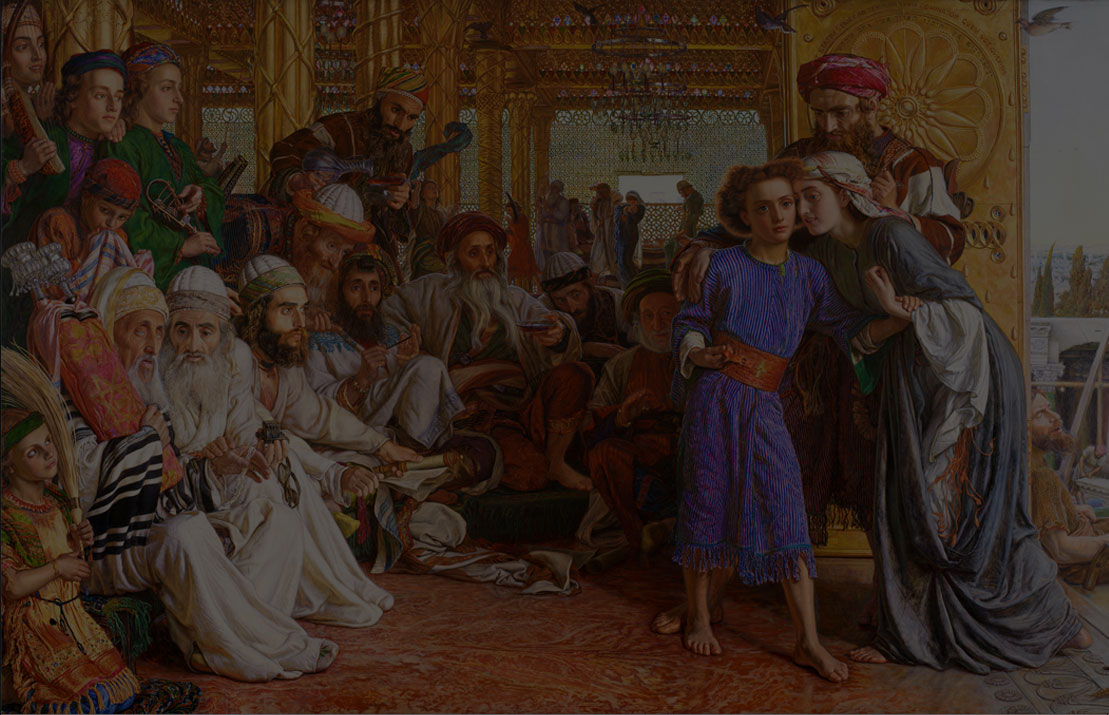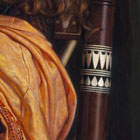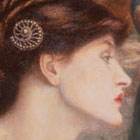Revolutions ravaged Europe in 1848, the year in which some radical young British painters and poets formed the Pre-Raphaelite Brotherhood (PRB)—in order to foment their own revolution in British art. The principal organizers were William Holman Hunt and his friends John Everett Millais and Dante Gabriel Rossetti. The name conveyed the group’s impatience with artists who merely imitated painters of the past. At the time, the refined Renaissance style of Raphael (1483–1520) served as the standard throughout the art academies of Europe.
The PRB looked to the more experimental and less polished art of the medieval period and to the progressive literature of their own era. With a psychological penetration and scientific precision that were transformative, they re-created both historical and contemporary events. Painting with small brushes on white backgrounds, these artists developed a shocking, hyper-realistic technique based on the direct study of nature. Writing in defense of the PRB in 1851, the critic John Ruskin observed, "They will draw either what they see, or what they suppose might have been the actual facts of the scene they desire to represent, irrespective of any conventional rules of picture making."
The group was short-lived, and by 1853 the members had gone their own ways. Hunt alone remained true to the PRB’s principles throughout his long career, developing a style notable for its scrupulous naturalism, luminous and vibrant colors, and elaborate symbolism.




